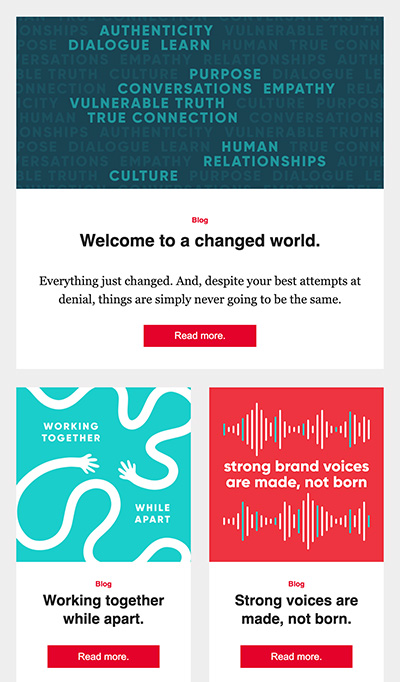Moving at the speed of human behavior.
Technology is sprinting ahead while human behavior lags behind. The future belongs to those who can bridge the shrinking space between tech and humanity — grounding strategy in how people actually think, feel, and act.

As we leap into a new era of automation and AI, smarter tools, and endless new ways to reach people… we need to take a moment to ask a fundamental question.
What good is all of this change if human behavior isn’t keeping up?
For most of history, technology advanced at a pace people could absorb. Electricity was created, followed by decades of infrastructure, scale, and advancement that could be observed. Automobiles were invented, then roads, gas stations, etc., all over an observable timeframe. The internet slowly unleashed communication, commerce, and connection, which answered need in a supply/demand model. Same with smartphones: first the hardware, then the apps, and year-by-year incremental improvements.
But not anymore. We’ve entered an unprecedented moment where technology is outpacing our collective ability to adapt. It’s moving faster than our routines, and faster than the traditional ways we process trust, connection, and change.
These tools are improving exponentially as they enter an unpredictable era of self-improvement. But most people aren’t acting any differently yet. In fact, these tools are being underutilized with the exception of a few fast movers.
That’s a tension we have to acknowledge. We can’t ignore the future, but we also can’t pretend people are ready for it. As with most technology shifts, younger generations are somewhat keeping pace. They’re adapting almost in real time, yet they are the fastest to be skeptical, too. Older generations are falling behind or opting out entirely. And when that happens, marketing that leans too hard into tech becomes exciting and revolutionary… but largely ineffective.
This is where the opportunity lives. It’s also where the risk is highest.
We have to operate simultaneously in both worlds. The one we live in right now, where behavior hasn’t changed as fast as the headlines suggest. And the one that’s coming fast, whether we’re ready or not. But most of all, we have to stay grounded in how people actually think. How they make decisions. How they build trust. And how they act.
At Phire Group, we’re studying and experimenting with all that technology has to offer. But, like always, we’re focused on people.
That’s why we’re restructuring around Realms. Each person on our team owns a specific lens on the world. Some are focused on tools and technologies. Others are focused on behavior, culture, and authenticity. That’s by design. Why? Because the future is in the shrinking space in the Venn diagram between technology and humanity. And we’ve made it our job to embrace that space.
Why? Because if you lean too far into the tech, you lose authentic connection. People might see you, but they won’t feel anything. On the other hand, if you stay rooted only in human insight without adapting, you miss the tools that can scale your message, extend your reach, and drive real growth. We refuse to pick a side.
This is not the time to sit back and watch things unfold. It’s the time to step forward, with clarity, with courage, and with a deep belief in the power of human-first strategy in a technology-driven world. It’s using the tools of the future to reach the needs of the present.
It’s only human.


